Brazilian Terrier: breed description, maintenance and care
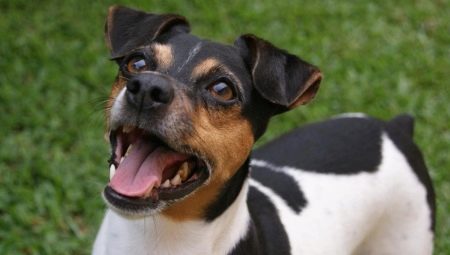
The Brazilian Terrier is one of the youngest breeds not only in the terrier group, but also among dogs in general. At the beginning of the twentieth century, these funny and cute animals interested dog handlers and amateurs. They are not too large, therefore they are universal and are in demand by different categories of people. They were bred in Brazil, but the blood of the aborigines remained in adorable dogs with an elegant appearance and perky character. Dexterous and active "Brazilians" immediately won the hearts of dog breeders.

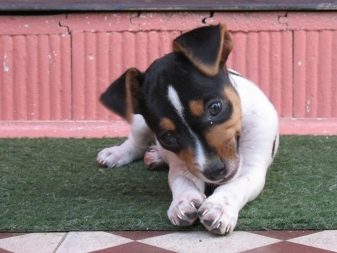
Origin story
She is quite modest, Brazilian breeders have bred the breed since the beginning of the twentieth century. Moreover, the breed has many European ancestors. Dog breeders from Brazil used podengos from Portugal, which often sailed on ships and caught rodents on board while they sailed. This is how podengos spread to many countries, including Brazil. There, breeders crossed podengos with different breeds, resulting in a "Brazilian", which was attributed to the group of terriers.

Description of the breed
The dog turned out to be quite compact, attractive and completely versatile. The "Brazilian" makes an excellent watchdog, hunter, companion. He can be trusted with a herd of cattle. The size of the dog is small, while it has a proportional harmonious physique, slender silhouette. The body of the dog is massive, strong, but not bulky, not rough. The shape of the body has a square outline, the lines are clear, strict.
The Brazilian Terrier is similar to the Fox Terrier, but the latter is more rectangular than square in body shape. From the fox terrier "Brazilian" inherited courage, dexterity, physical harmony and activity.
The blood of the aborigines added to him unpretentiousness in the conditions of stay, endurance and easy tolerance of hot weather.
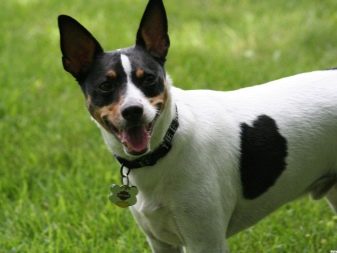
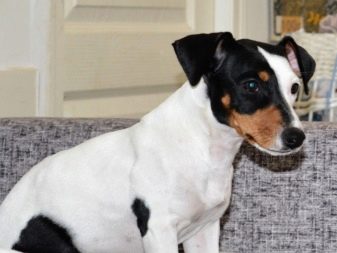
The appearance is characterized by the following features:
- in the area of the ears and head there are brown spots - this is the most recognizable external feature of the "Brazilian";
- proportional addition, organic;
- the head is in the shape of a regular triangle, expanding from the nose to the ears;
- the muzzle is very strong, the eyes are dark in color, rounded, large;
- the neck is elongated and lean, the chest is wide;
- short tail, well-muscled legs;
- the growth of an adult varies from 35 to 40 cm, depending on gender;
- body weight does not exceed 10 kg;
- the coat is short, thin type, smooth, not too soft to the touch, perfectly adheres to the skin;
- the skin does not glow through the coat, on the front legs, ears, head is the thinnest;
- the suit is predominantly white, this is the main background, complemented by spots of brown, blue, black;
- spots on are located in the area of the muzzle, ears, above the eyes, on other parts of the body.
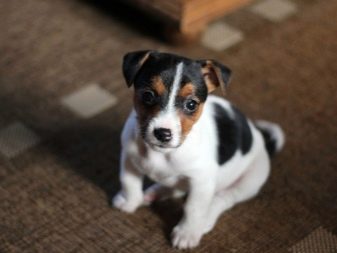
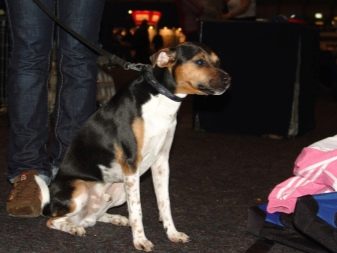
Character
The "Brazilian" of the whole group of terriers is perhaps the most relaxed. Future owners will have to come to terms with his sonorous barking, this breed is not too quiet. But you don't have to worry that a stranger will sneak up on you or someone will get into the house - the dog will definitely warn the owner. "Brazilians" are very active, lively, cheerful, optimistic dogs. They are endowed with real fearlessness, incredibly brave. They will fit perfectly into the family, will treat all its members well.
They are very loyal creatures, loving people. They love games, they need to frolic, jump, run.
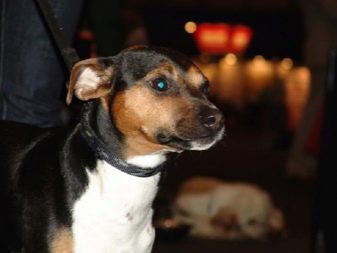
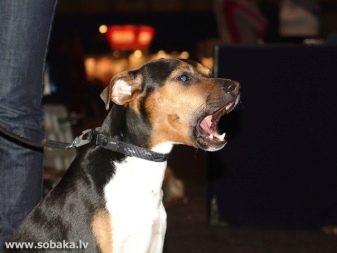
The Brazilian Terrier is very curious, curious, attentive. No trifle escapes him, so he will make an excellent watchman. These pets get along well with other dogs, but small animals can be attacked. hunting instinct will make itself felt. That's why you can not leave the dog unattended and walk only on a leash.
The "Brazilian" is rather cautious and suspicious, he does not recognize strangers. But his family members will always see the affectionate and gentle animal. The terrier gets along well with not too young children, although they should not be allowed to freely treat the dog.
It is better if the parents control their communication.
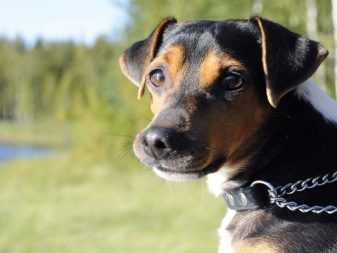

Maintenance and care
When deciding to purchase a puppy of this breed, choose a trusted seller: a kennel or a breeder with good reviews. In no case do not buy dogs in the markets, as you risk buying not only a mongrel, but also a sick puppy. If the dog has a veterinary passport, and you can look at the documents of the parents, then you will be sure that with proper care, the dog will develop well and have little pain.
In leaving, the "Brazilians" are not too demanding. They are of the short-haired type, so comb them out once a week.
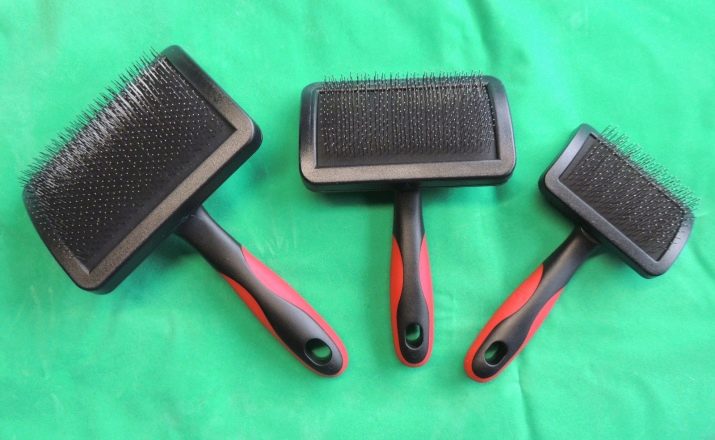
To do this, you need to purchase a special brush or glove. Water treatments should also not be too frequent. Brazilians are washed as needed, otherwise the natural protective layer of skin and wool is disturbed. If you provide your pet with sufficient walking, the nails can wear off naturally. But most often they need to be cut with a claw cutter as they grow back. Never use regular scissors.

Check your dog's ears, mouth, and eyes weekly. They also need to be cleaned in a timely manner.
Eyes - with special lotions and a cotton pad, ears - with cotton swabs, teeth with brushes and special toys with fluoride. When choosing cleaning products, try to buy ones that contain a minimum of fragrances to avoid allergic reactions. For any suspicious rash, inflammation, pus, irritation on the mucous membranes and skin, you need to show the dog to a veterinarian.
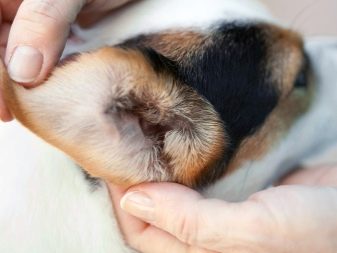
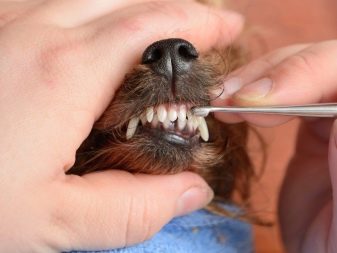
Feeding
You can choose from two types of food - ready-made food and natural feeding. In the case of the latter, you need to take care of a balanced, healthy diet. First of all, the basis of the menu is protein, that is, meat and cereals in the form of cereals. In addition, in the diet be sure to have fermented milk products and vegetables for the season... Babies are given an egg yolk weekly; upon reaching 3 months of age, the amount of egg supplements is increased to 3 times a week.
Gradually, the menu can be expanded with boiled offal. At 5 months, the puppy is already able to eat solid food, before that the consistency should be soft.
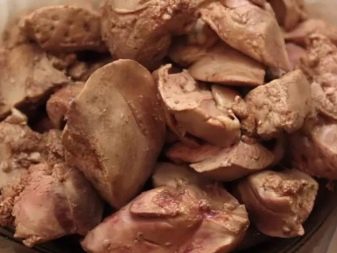

An adult dog is fed twice a day, toddlers between five and three, gradually reducing the number of meals.
Health
In general, dogs of this breed are quite strong, they have excellent immunity. There are few genetic diseases, but they do exist. It is very important to carry out vaccination in a timely manner, treatment against parasites - external and internal.
Every year, the pet needs to be shown to the veterinarian for a routine examination. Timely detection of diseases makes the treatment more successful.

Your dog may have the following health problems:
- ear diseases;
- demodicosis;
- hearing impairment;
- dysplasia of the joints;
- epilepsy.
Education, training
Dogs of this breed are quite quick-witted, smart, but they must be educated from an early age. In addition, without consistency and rigor, it is unlikely that much will be achieved in training. "Brazilians" are active, playful, and therefore often naughty. One of the most essential skills is learning to bark on command, as they are naturally very loud. If you do not start learning this from the first days of the baby's appearance in the house, they will greatly interfere with their constant barking.
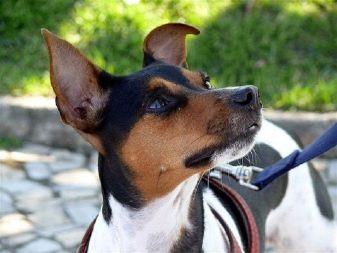
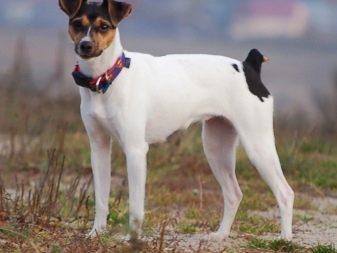
The first thing you must achieve is to establish your unconditional leadership. Consistency and exactingness will provide you with this.
The owner must be an absolute leader from the very beginning, otherwise later the dog will not perceive him in this capacity. Remember that when well-bred, Brazilians are extremely lovable creatures that will bring a lot of joy to the family. In his absence, they turn into egoists and despots.
The Brazilian Terrier is best trained in a playful way, as he loves to play very much. thus, you can get more from them than with the method of punishment... The reward method works great for them. Dogs can become great athletes, circus performers, acrobats - this requires regular training.


In general, the breed is distinguished by its extraordinary endurance, strength, therefore it is efficient and hardworking.
If you want to be successful in training, devote at least an hour every day to it. This will allow the dog to be in shape and learn more and more new commands, master skills. It is very important to develop the dog not only physically, but also mentally. Teach him to bring a newspaper, slippers, do different tricks.
Who is it suitable for?
First of all, people who lead an inactive lifestyle, especially in city apartments, should refuse to buy a Brazilian Terrier. This breed is not suitable for lovers of lying on the couch, avoiding walks. Such a pet is ideal for owners of country houses, where the dog can move more or less freely.
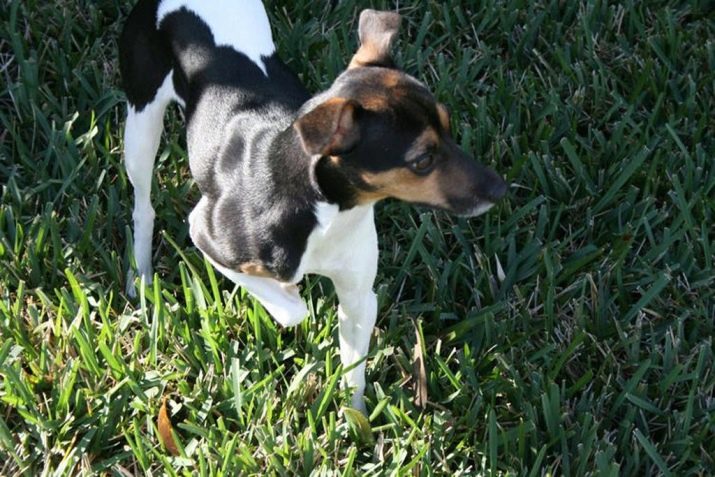
It must be periodically taken out to the forest, groves, wherever it can run freely.
However, remember that "Brazilians" are thermophilic, they cannot be kept in outdoor enclosures and booths in winter.
These dogs are attached to the members of the family in which they live, but still they are quite independent in character. Therefore, they are also not suitable as companions for the elderly. They get along well with children only if they behave correctly in relation to the dog.
See what the Brazilian Terrier looks like below.






































